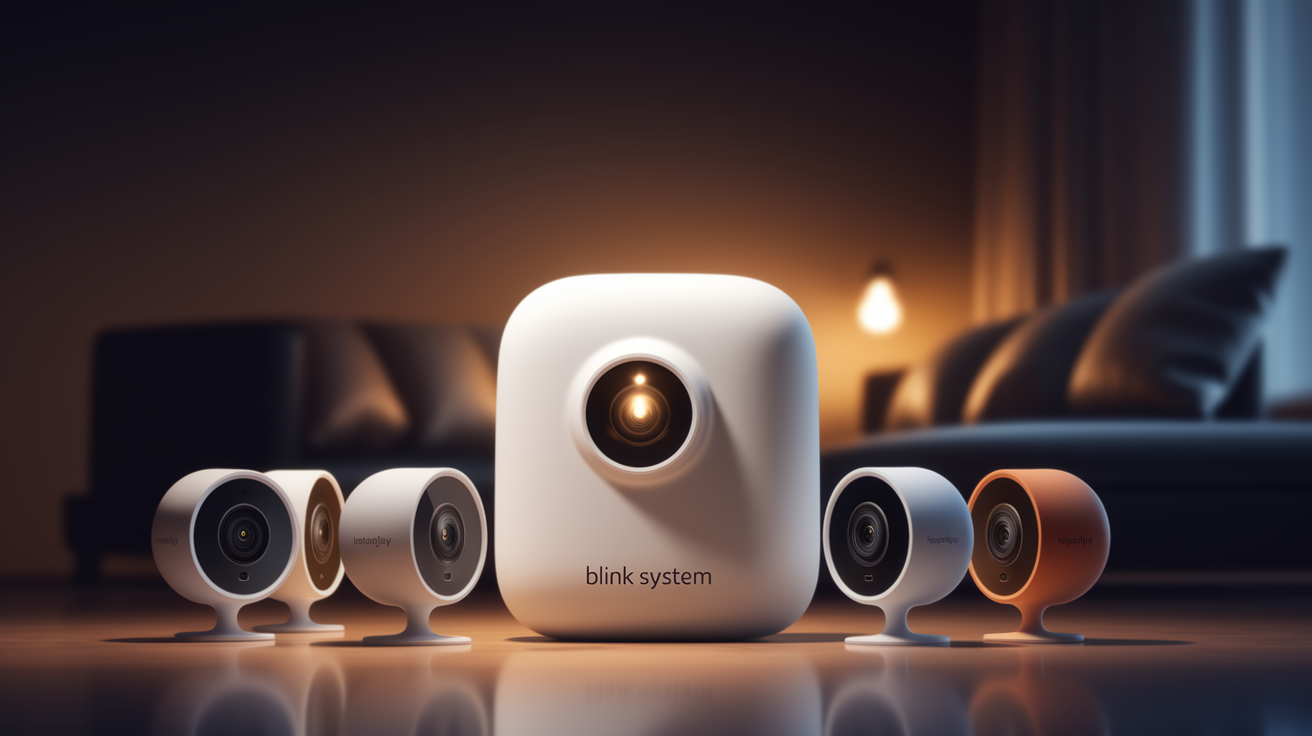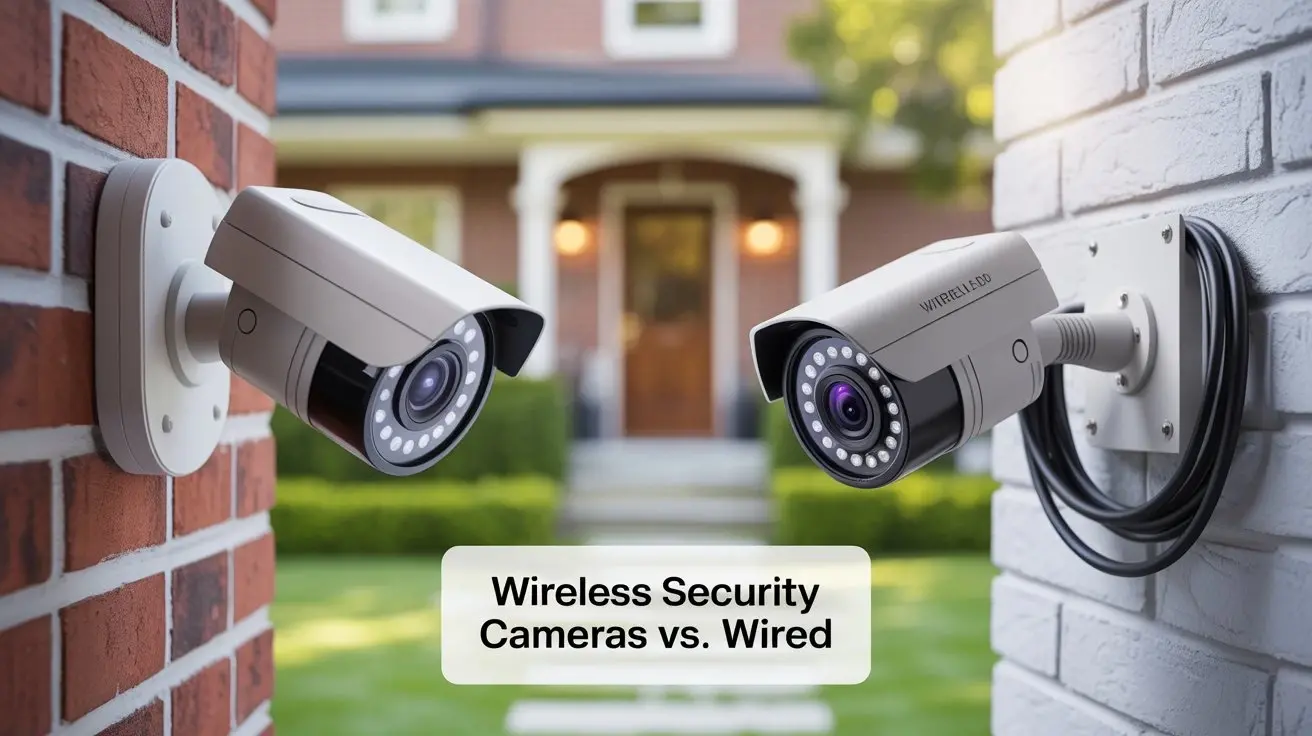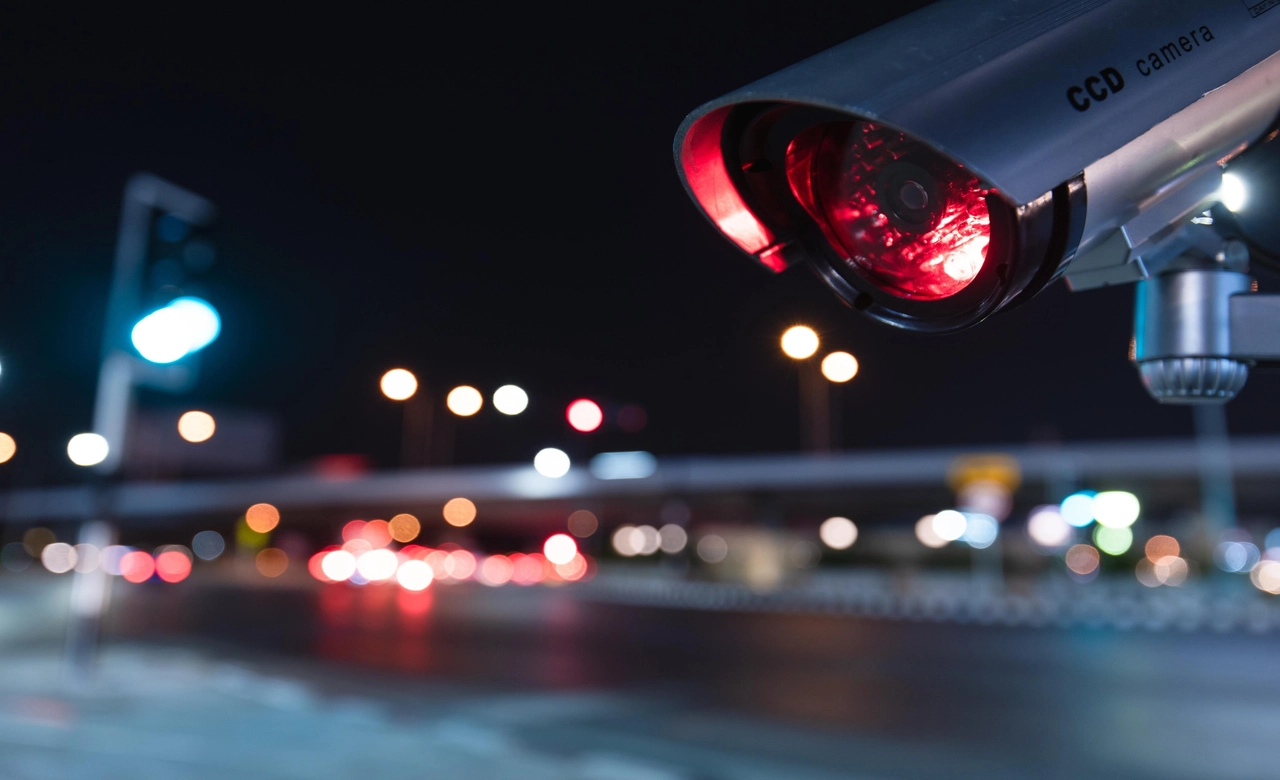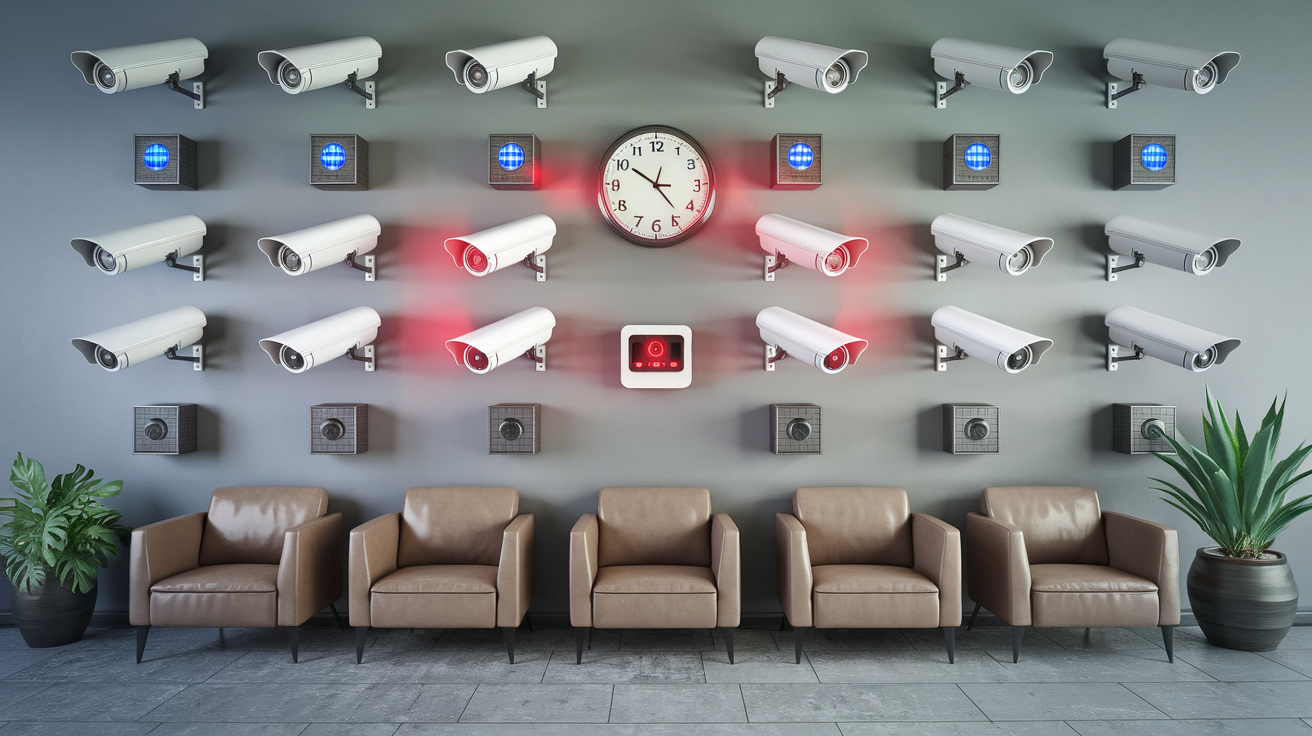Blink is a well-known consumer electronics manufacturer of wireless Home Security System cameras that are simple to install. Blink designs indoor and outdoor cameras, as well as video doorbells. Another common question that people have regarding Blink systems is whether they can use the service with more than one Blink camera.
The short answer is that technically there is no limit to the number of Blink cameras that you can have connected to one Blink account. However, Blink does advise against exceeding 15 cameras per account for the best performance. To contact Blink support with a large number of cameras, if you have more than 15 cameras, Blink recommends splitting the cameras between multiple accounts.
This is why Blink will tell you that you can connect an unlimited number of devices to your system, but there is an issue with having too many cameras in a single account. It appears that Blink discourages going beyond fifteen cameras per account as the limit of cameras.
I would also like to know the reason why Blink has set the number of cameras that are allowed to be connected to an account.
Blink is a wireless system whereby your Blink cameras directly connect to WiFi and through a Blink Sync Module communicate with Blink servers in the cloud to enable you to view camera footage. This is because traffic bandwidth becomes an issue when many cameras are attempting to transfer data and video to one Sync Module and upload information to Blink’s servers.
The Sync Module is the most crucial component in the Blink system since it serves as the core and control center. This one has both a finite bandwidth as well as a finite processing power. It should be noted that at a certain point, more cameras connected to the system may lead to deterioration of video quality, its refresh rate, and overall connectivity. The Sync Module also has to handle more cameras and this means that the system will have to work harder and this may lead to heat and technical issues.
Blink does desire its customers to be able to expand the systems on offer with little or no effort, but certain fundamental hardware considerations have to be acknowledged. That is, fifteen cameras connected to one Sync Module appears to be the maximum that Blink has determined can deliver optimal functionality for all the connected devices.
If you need more than 15 cameras we recommend considering one of two options:
1. Create multiple Blink accounts
The simplest solution is to establish multiple Blink accounts that can correspond to different subsets of cameras in your system. You can have multiple Blink accounts at a time, meaning you do not have to get rid of one Blink account to create another.
For instance, you could have one account with support for up to 15 indoor cameras, another account with support for up to 15 outdoor cameras, and a third account with support for up to 15 video doorbells. This actually can be done by just a few taps on your smartphone screen while using the Blink app and you can see different cameras’ footage across various accounts.
Multiple accounts are not only helpful in bypassing the camera limit but also bring some level of organization in managing large networks of Blink devices.
The main drawback is that recorded videos by cameras in one Blink account cannot be accessed directly from another account. You would have to switch accounts to see those specific cameras live or recorded video clips.
2. Add more Sync Modules
The second solution if you wish to have more than 15 cameras in one house or building is to purchase additional Blink Sync Modules.
It should be noted that each Sync Module can accommodate up to fifteen connected cameras. Thus, if there are two Sync Modules, the system capacity increases to 30 cameras, while three – to 45 cameras, and so on.
The main limitation is that all cameras that are to be connected to one Sync Module must be in the range of the WiFi signal. Therefore, you may be required to place more Sync Modules in the midpoint of the structure if the cameras are spread out.
The benefit of using multiple Sync Modules while keeping all your cameras under one account rather than having different accounts is that it is convenient to view video footage from all the security cameras in your system without having to log in separately.
The tradeoff is that it takes slightly more work to initially set up, position, and manage Sync Modules in physically larger deployments than in multiple accounts. However, if the user needs to access data from different tables simultaneously, it is better to add more Sync Modules.
The observations that can be made when going beyond the 15-camera limit are as follows.
- Performance reliability reduces once there are more than 15 cameras connected to a Sync Module or an account.
- May require to increase in the overall WiFi capacity and router capabilities to support additional cameras
- For larger deployments, it may be preferable to have multiple Sync Modules or additional accounts.
- Additional time is required to operate devices in different Blink modules or accounts.
Even though Blink claims there is no limit on the number of devices under one account, practical limitations of available bandwidth, the processing power of the hardware, and interference and performance issues may arise when one starts adding more than 15 cameras.
Regrettably, it is impossible to provide a single, blanket recommendation for the number of cameras that must be included in Blink systems of all varieties. It should be noted that the performance of the system may differ greatly depending on the speed of your home internet, the bandwidth of your WiFi connection, the type of construction materials of your house and building, the distance between the cameras and Sync Modules, as well as other environmental factors.
Some of the users have reported that they have connected up to 50 cameras in one or more Sync Modules in a Blink account and they have not had issues with the performance. However, having 15 cameras still appears to be the safe recommended maximum number of cameras per Sync Module and account to achieve consistently high-quality and unimpeded video streaming according to Blink.
The Ultimate Answer to “How Many Blink Cameras?”
Ultimately, when posing the question of “how many Blink cameras can I connect?” there isn’t an objective right or wrong answer to provide. Although Blink practically supports an unlimited number of cameras, their recommendation is to limit the number of Sync Modules and accounts per camera to 15.
In practice, it is safe to begin with fifteen cameras attached to the first and only Sync Module as well as Master Blink. Track your WiFi bandwidth, video quality, and connection for a few days or weeks.
You can attempt to gradually increase the number of Blink cameras in that account and sync module provided that everything else stays constant. Watch for signs of video latency, problems with app integration, or extreme heat issues with your sync module which may signal performance overload.
Fifteen cameras may be the maximum that a single Sync Module can effectively support in some home network settings. In this case, either create additional accounts or begin adding more Sync Modules to expand your system and obtain the finest and most prolonged results across all the linked devices.
Protect your home today with ADT’s top-rated security solutions!
Call now at +1 877-470-7879 to get a free consultation and find out how you can secure your home with the best in the business. Don’t wait—ensure your peace of mind with ADT!







